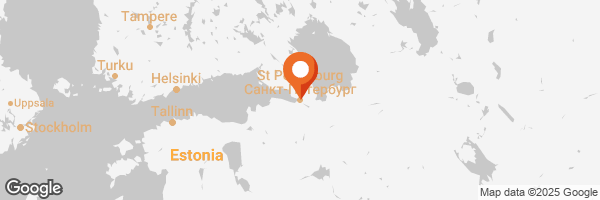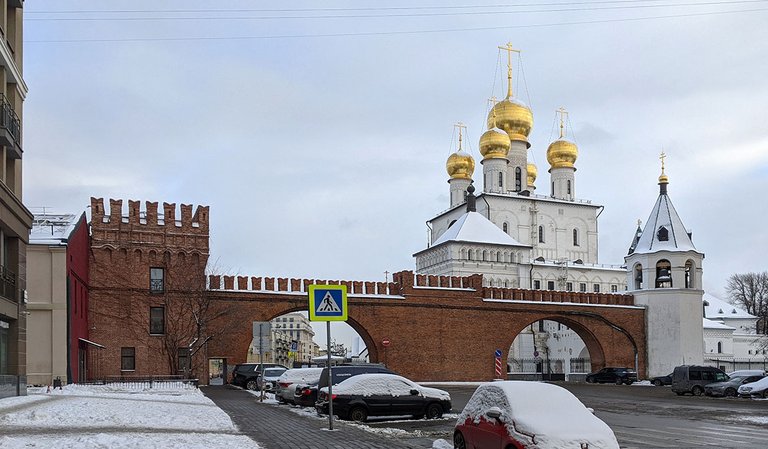
Sometimes there are some moods when I don't want to go for a walk. There doesn't seem to be any reason to stay at home, unless laziness is a good reason. There is no anticipation of an interesting walk in my head, there is only one thought - the thought that I will have to put on several layers of clothes and lace up heavy boots for a long time. That's exactly the mood I was in this morning. I had no need to go outside and no desire to go there either. I had to exert the willpower to get off the couch, get dressed and go for a walk.
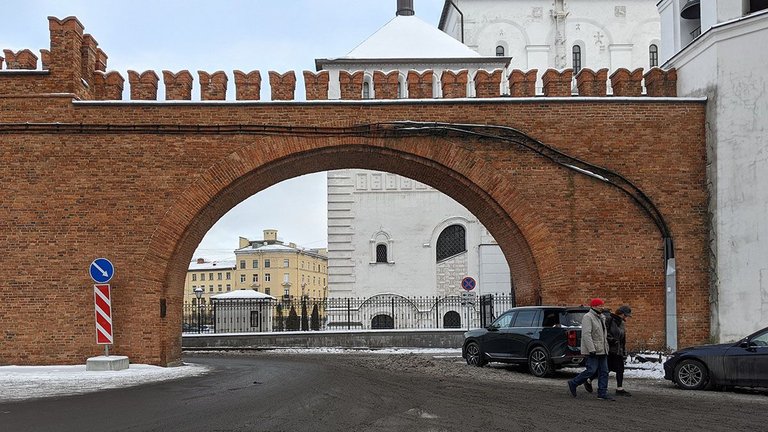
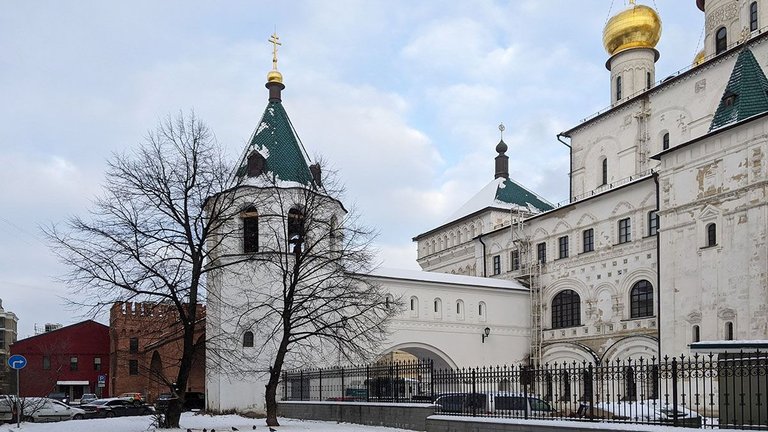
Luckily, the weather turned out to be pretty good that day. I started this walk in a dejected mood, but the fresh air and sunshine soon made me feel more cheerful. The route of this walk came together spontaneously. To begin with, I decided to walk to a section of the fortress wall near the railway station.
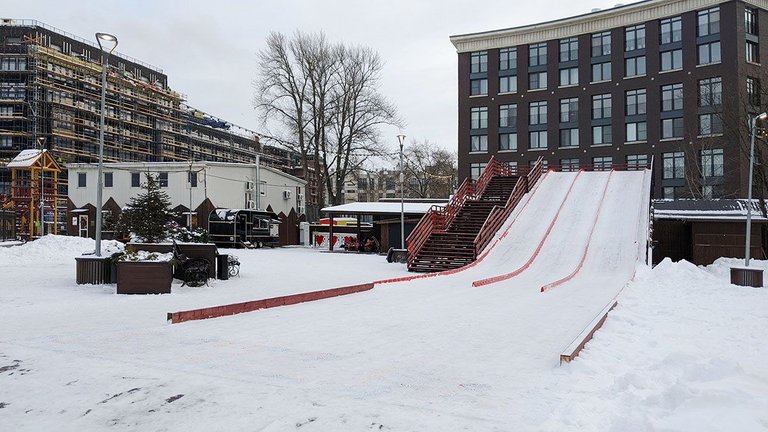

The ‘Kremlin’ wall on Poltava Street is an architectural quirk. St Petersburg is a relatively young city, and there are no real monuments of Old Russian architecture here. If I wanted to see real old churches or fortress walls, I would have to go to one of the neighbouring cities - Novgorod, Ladoga, Ivan-gorod or Priozersk. But in St. Petersburg there are several churches stylised to look like Old Russian architecture.
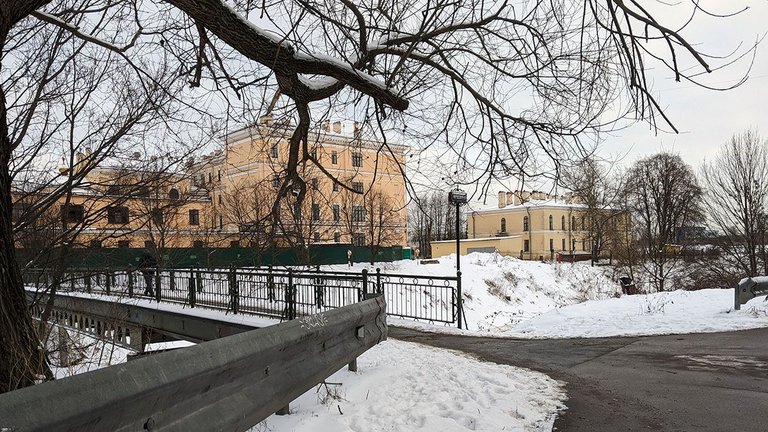
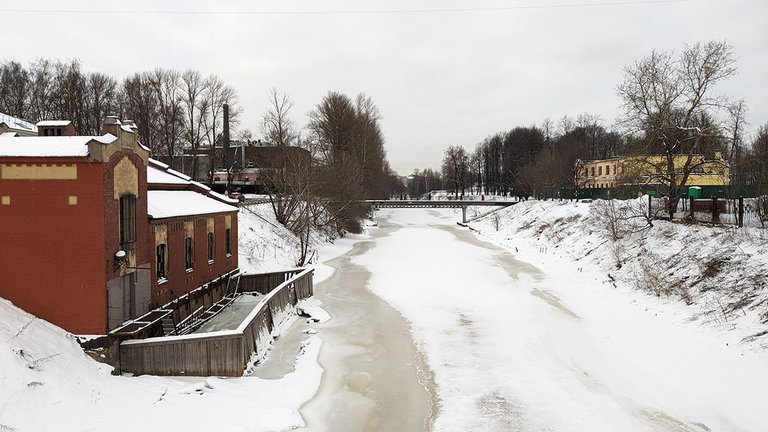
Architect Stepan Krichinsky designed the Cathedral of the Theodorovskaya Icon of the Mother of God in the early 20th century. The cathedral was built during the celebration of the 300th anniversary of the Imperial House of Romanov and the architect chose the Neo-Russian style to emphasise the historical continuity. The site is located next to a goods railway station and it was necessary to visually separate the station area from the square with the temple. The red brick wall, similar to the wall of the Old Russian Kremlin, became a beautiful backdrop for the Cathedral of the Theodorovskaya Icon of the Mother of God.
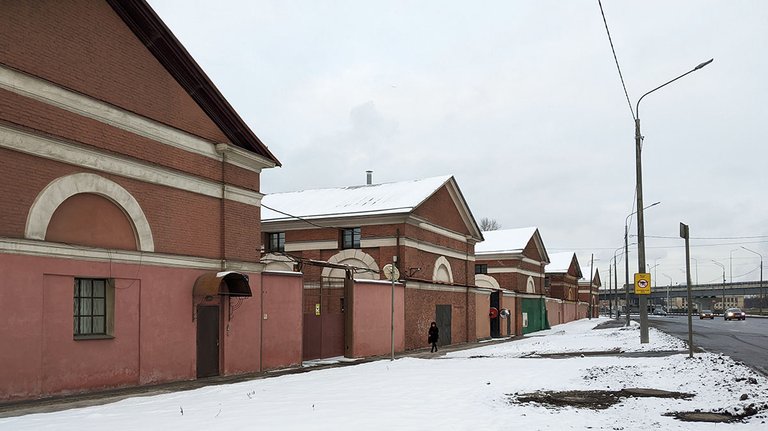
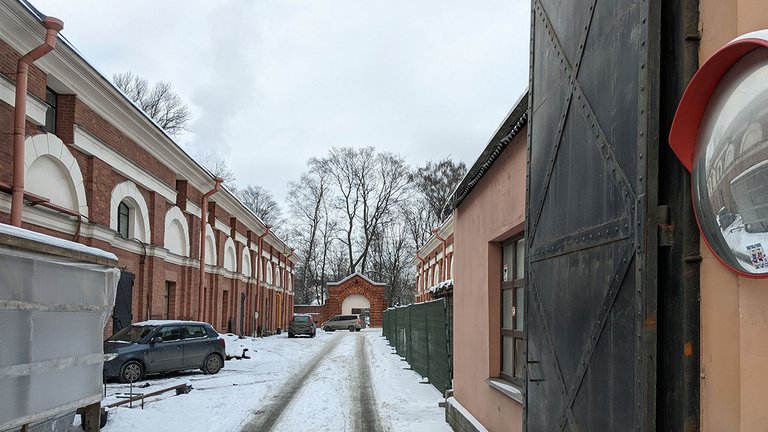
On the place of the old warehouses of the goods station a modern residential complex was built in the last decade. The place is very convenient - it is very close to the central streets and squares, but it is a former industrial zone. I decided to walk to the Obvodny Canal and see how the renovation of the old bread barns was progressing. I walked past the garden of the Alexander Nevsky Lavra. A pedestrian bridge spans the Monastyrka River. On the river bank you can see an unusual red brick building - it's an old pumping station.
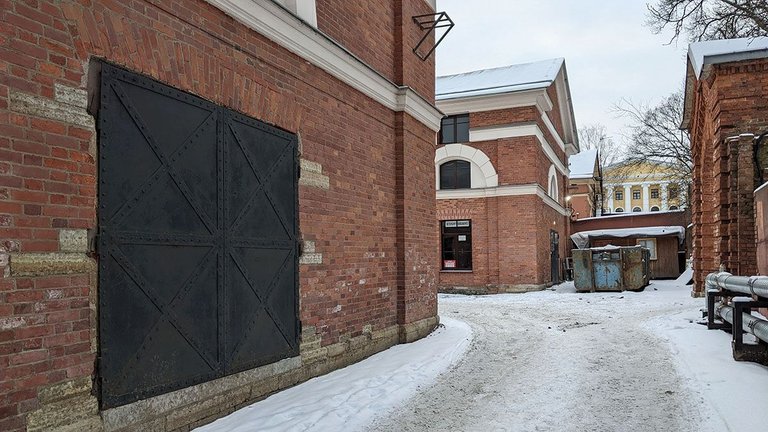
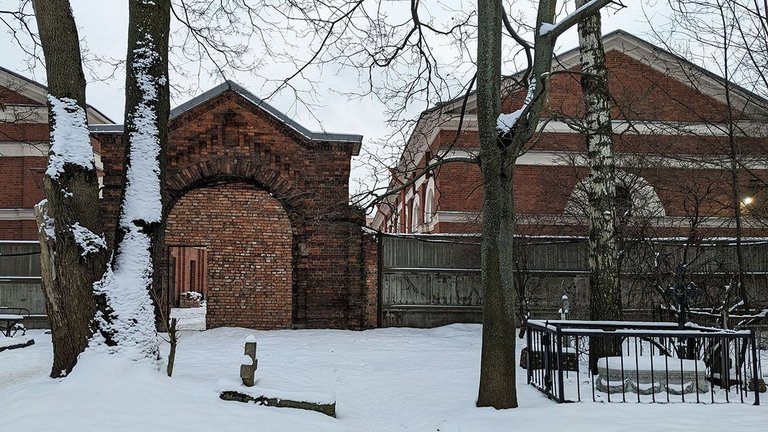
The bread barns of the Alexander Nevsky Lavra were part of a large river port, they occupied a large territory on the embankment of the Neva River and next to the Monastyrka River. At the beginning of the 20th century many of the barns were demolished, and only a few buildings on the embankment of the Obvodnoy Canal have survived to this day. Now five surviving barns are considered cultural heritage objects. Some of the barns have already been repaired, while others are still being renovated.
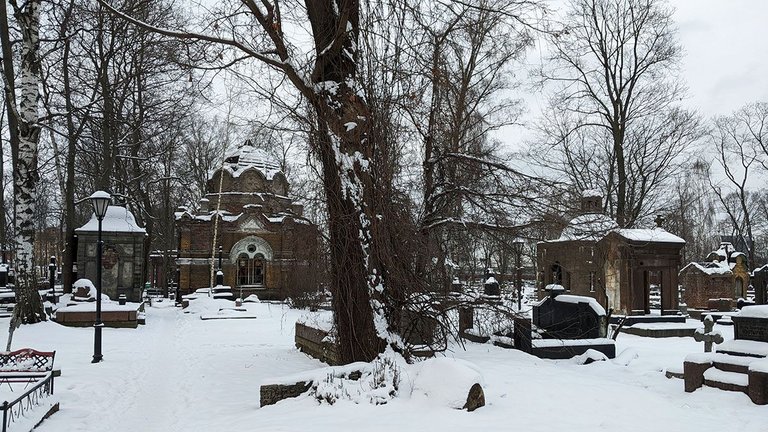
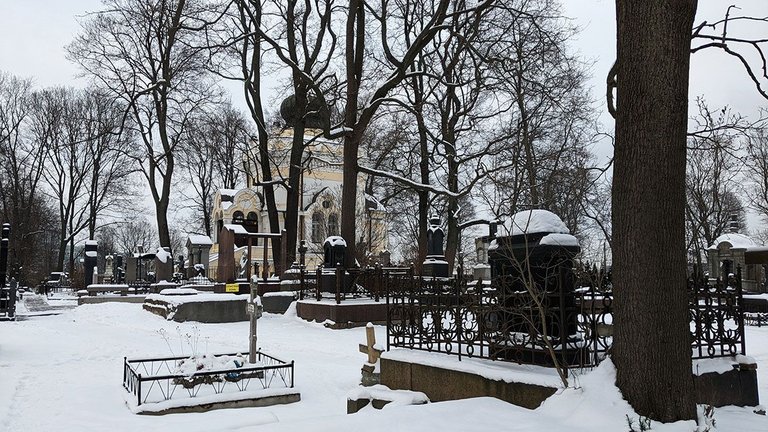
I walked past the barns to the old Nikolskoye cemetery of the Alexander Nevsky Lavra. In the winter evening the cemetery looks rather gloomy. The paths are cleared, but there are very few visitors. It is quiet and deserted, as if I am not in the centre of a noisy metropolis, but somewhere far away. It was beginning to get dark, so I didn't stay long in this place.
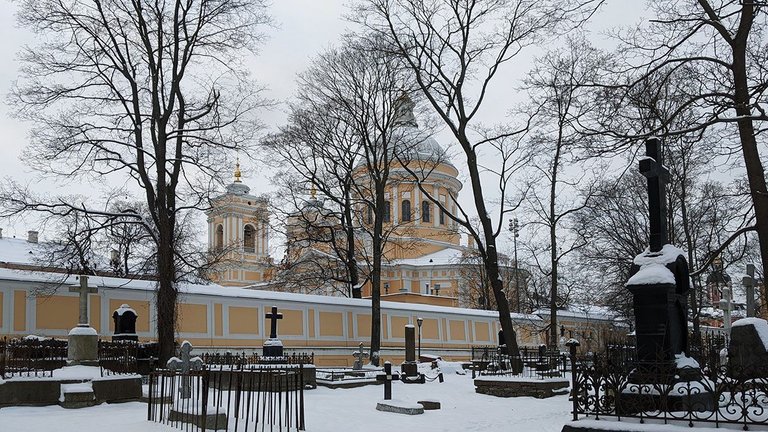
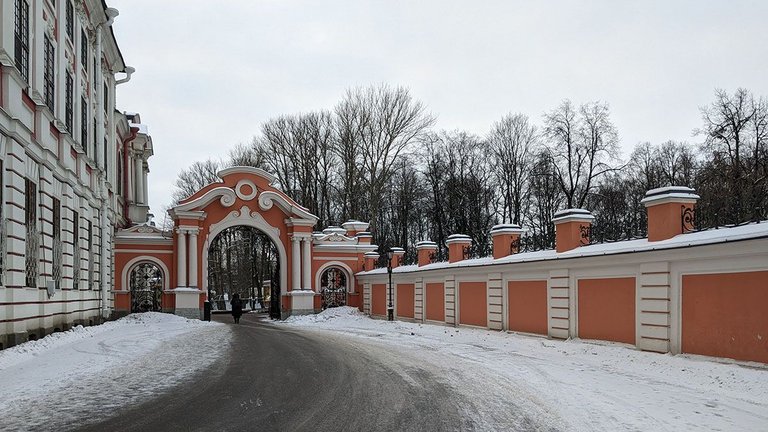
| ○ | ○ |
|---|---|
| Smartphone | Google Pixel 3a |
| Location | Saint Petersburg, Russia |
This is my entry for the #WednesdayWalk challenge by @tattoodjay.
